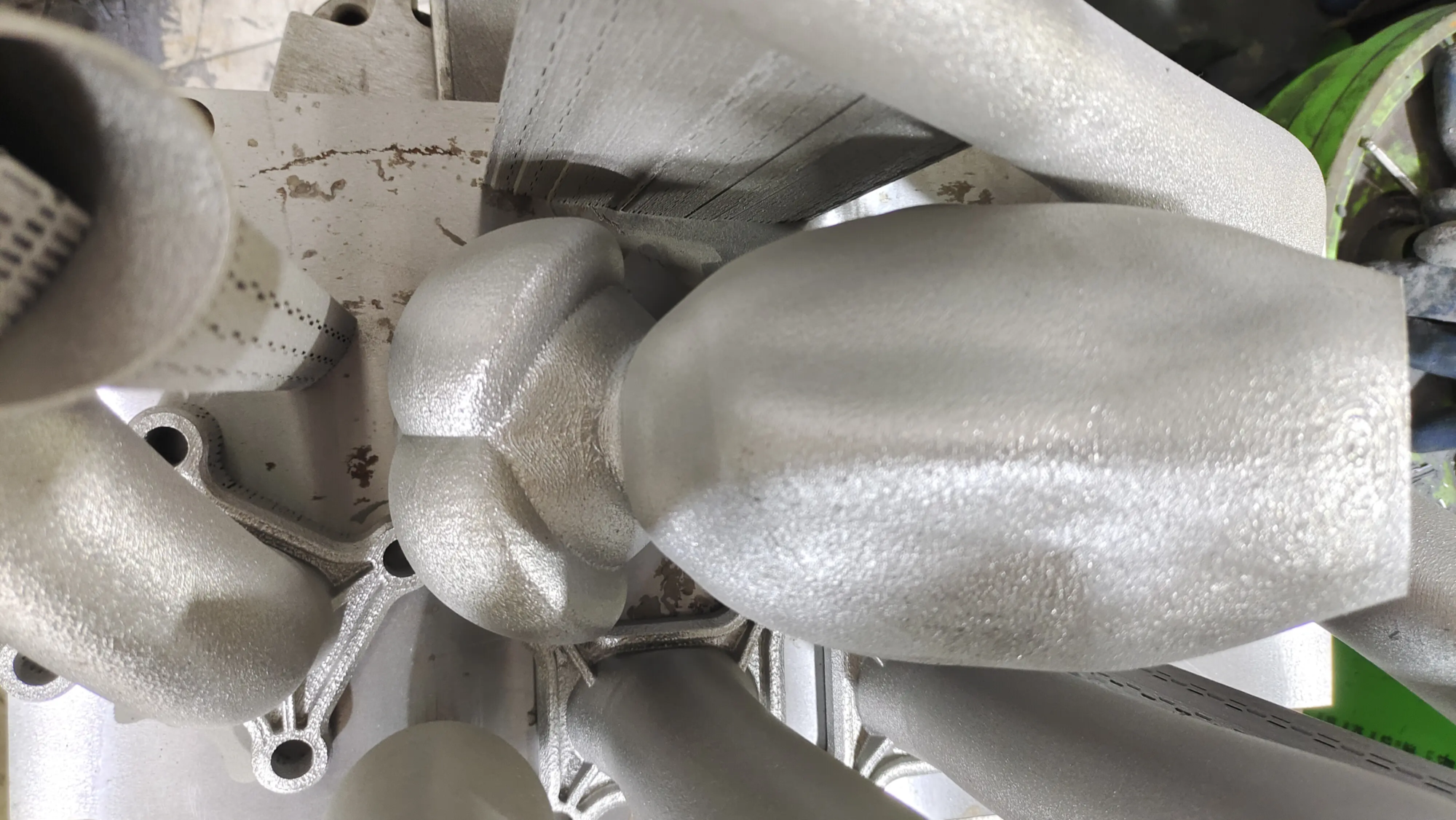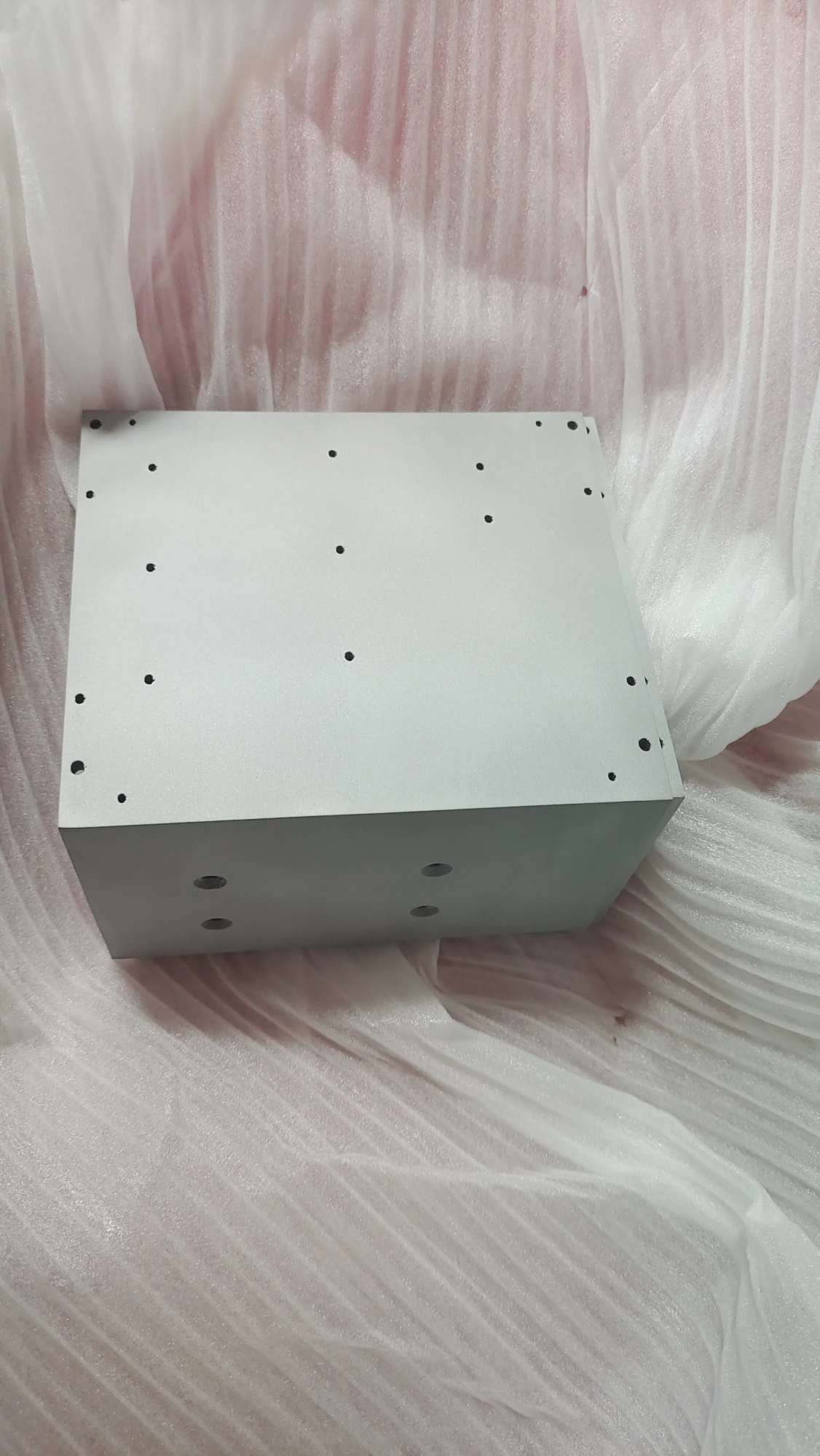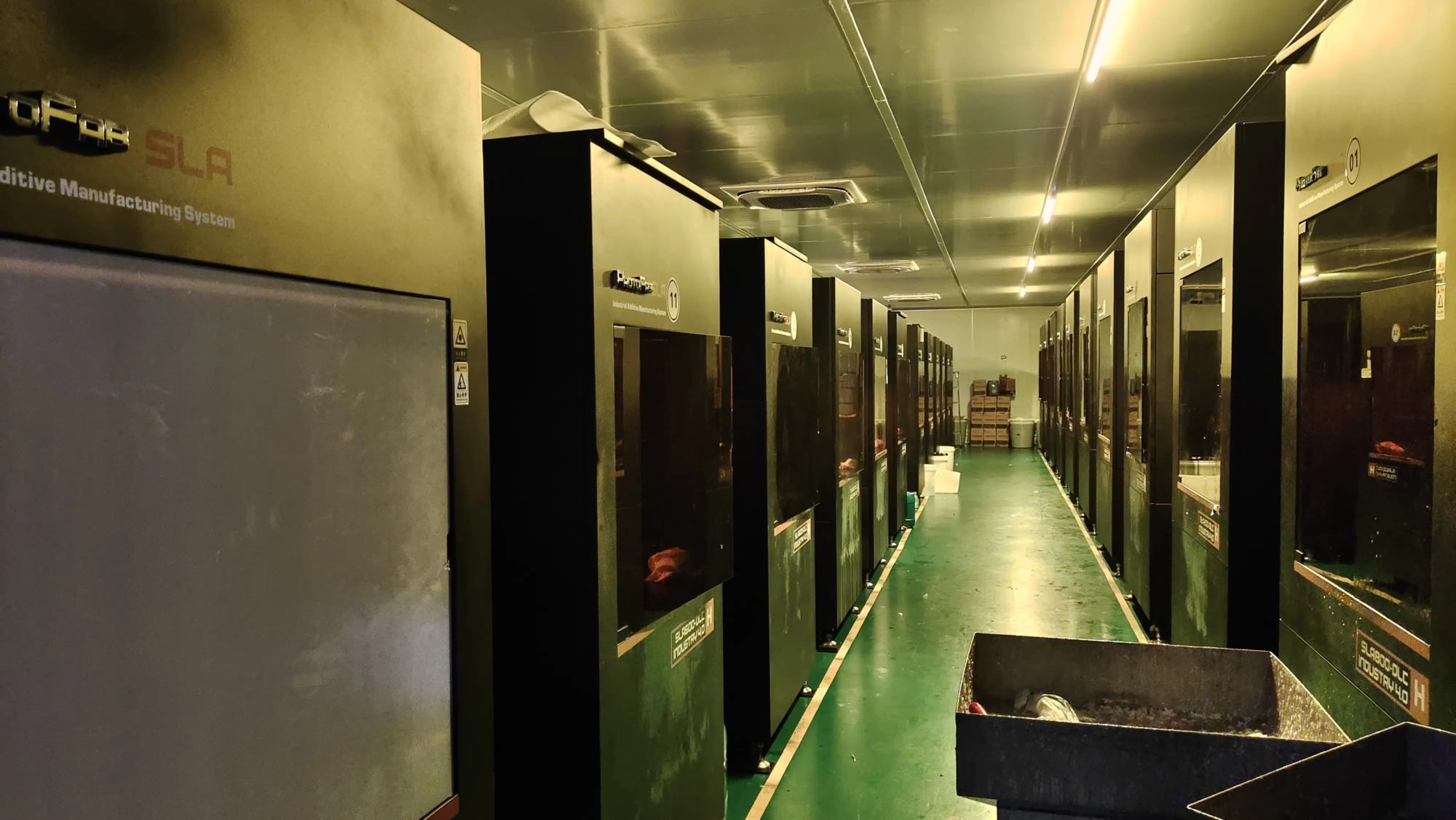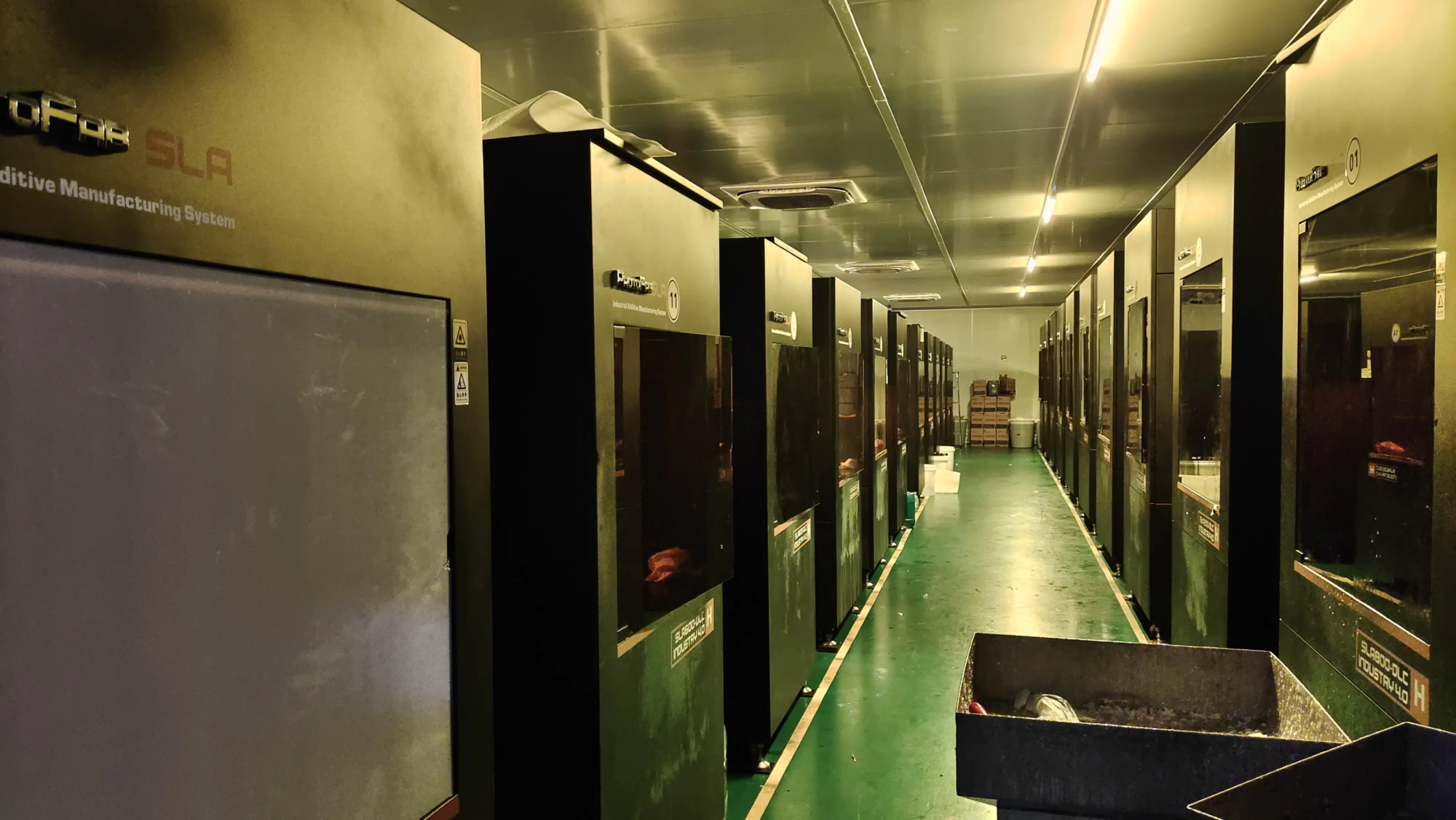introduce
Manufacturing landscapes are rapidly evolving, raising a key question to engineers and designers: How do the structural properties of 3D printed metal parts stack on traditional forged components? It’s not just a technical debate, it’s choosing the right process for your application, especially when the power of uncompromising is crucial. As a leader in advanced metal additive manufacturing, Greatlight Leverages’ cutting-edge selective laser melting (SLM) technology often produces high-performance prototype and end-use parts. However, we also recognize that forging is still essential for certain use cases. This article delves into the metallurgical science behind both processes and provides you with insights to make informed material decisions.
Strength of forged metal parts
Forging, honed for centuries, remains the gold standard for heavy-duty applications such as aerospace landing gear or crankshaft. Why:
- Mechanical integrity through compression: The hot metal block is hammered or pressed under extreme pressure, aligning and elongating the internal metal grains into a continuous directional pattern "Cereal logistics." This uniformity minimizes voids, dislocations and defects.
- Dense microstructure: Strong pressures can produce metallurgical consolidation, resulting in a highly high theoretical density (nearly 100%). Less gap means fewer initiation sites for cracks or failures.
- Isotropic Advantages: Forged parts usually exhibit consistent properties (strength, ductility) in all directions. Load direction is not a critical issue, resulting in reliability under unpredictable pressures.
- Fatigue Advantages: Aligned grain structure and high density make the forged metal abnormally resistant to cyclic stresses, which are crucial for rotating components.
Evolution of strength in 3D printed metal parts (SLM)
Metal additive manufacturing (AM), especially powder bed fusion (PBF) technology SLM, uses high energy lasers to build parts layer by layer to fuse metal powders. Its power potential has been significantly enhanced:
- Complex microstructure beasts: Rapid heating and cooling creates complex microstructures – mixtures of cellular networks, fine branches, and even nanoparticles. Traditionally, advances in SLM machines and printing parameters greatly reduce these problems, although susceptible to porosity or unpermeable powder particles that adhere to each other.
- Anisotropy Challenges and Mitigation: Due to layer bonding, the strength along the construction plane (XY) is usually higher than the vertical (Z-axis). However, complex process optimization (laser parameters, scanning strategies) often reduces the relative weakening of the Z direction to a negligible level.
- Modern SLM performance: Advanced printers like Greatlight have a density of over 99.95%. Post-processing techniques such as thermal orthogonal application (HIP) push it toward theoretical density. Combined with tailored heat treatment, modern SLM can produce parts that exceed consistent and reliable mechanical properties with good dimensional accuracy.
3D Printing and Forging: Key Strength Indicators Explain
1.) Yield and Final Tensile Strength (YTS/UTS)
- forging: There are usually higher UTS and YT due to controlled hardening of work and uninterrupted grain flow.
- 3D printing: Advanced SLM can reach UTS/YT, usually comparable to mold/forged alloys (~90-100%+), especially after heat treatment. For example, SLM-processed titanium alloy (TI-6AL-4V) reaches >1100 MPa, comparable to Huai Materials.
2.) Ductility (elongation %)
- forging: Generally, due to the inherent material continuity and uniform deformation behavior, the ductility of the upper elongation is based on the ductility.
- 3D printing: Initially lag due to micro disconnection – however, optimized parameters and advanced hips significantly enhance the elongation of cast/forging specifications by reducing defects.
3.) Fracture toughness
- forging: Excellent crack resistance due to uniform grain flow prevents crack propagation.
- 3D printing: Initially, resistance to competitive fractures can be achieved through specialized heat treatment and hips, but the ability to compete for competitive fractures is low.
4.) Fatigue and life
- forging: The highest strength area of forging; excellent fatigue life and endurance limitations require intensive treatment for equal performance.
- 3D printing: Historically, due to potential surface roughness/stress concentration factors and lower internal porosity. With the following profound improvements:
- Complex process control minimizes porosity.
- Hot isostatic pressure (hip joint) for micropore closure.
- Precise surface finishing (processing, polishing, etching).
Beyond Power: Overall Process Choice
Strength is not the only determinant:
- Designed with free and lightweight: SLM dominates complex geometry and cannot be achieved through characters while minimizing resource-efficient material waste. Topologically optimized lightweight components save quality without losing power.
- Customization and complexity: Forging costs soar in complex shapes compared to the minimum cost impact of SLM in complex organic forms – unlock creative or professional applications.
- Prototype and delivery time: SLM enables unprecedented speeds – evaluates designs for weeks/months related to forging tool development.
- Material versatility: SLM demonstrates the versatility of reactive materials challenged by inert processing environments without the need for oxidation/enclosed reactive materials. High temperature superalloys (such as Inconel) also do not have cumbersome atmospheric controls and are also satisfactorily printed.
- Cost dynamics: Forging tools/upfront costs are still high; SLMs have an economic advantage in complex designs at lower volumes, while forging the glow with large batches of standard shapes.
Conclusion: Choose the right intensity solution
Is 3D printing ready to replace high-intensity applications? Not yet comprehensive; forging remains critical, especially for mission-critical components that require maximum predictability to resist periodic loads. Nevertheless, advanced SLM technology and diligent post-processing have greatly narrowed the strength performance gap, thus bringing functionality beyond forging limits. Forged simplicity and produce peak robustness on a large scale, while SLM offers unparalleled versatility with sophisticated lightweight designs that match the steady increase in strength reliability – ready almost overnight.
At Greatlight, we excel at unlocking SLM applications, requiring increased strength compliance through a unique combination of state-of-the-art equipment, incomplete process optimization, post-processing with hip-functionality and experienced metallurgical expertise. For requirements for metal prototyping or production inquiries, please contact us to ensure agile agile engineering support and support with firm performance standards.
FAQ: 3D Printing Metals and Forging Strength
Q1: Are forged metals always stronger than 3D printed metals?
A: Historically yes, but modern 3D printing has a very closed conventional bulk yield/tensearch strength gap. Dedicated post-processing brings printed parts essentially closer to the counterfeit benchmark – fatigue strength differences remain the narrowest margins that require breakthrough development.
Q2: Why do this "Cereal structure" Is strength important?
A: The uniform crystal structure limits the internal pathways, enabling crack propagation, while the force transfers smoothly on the aligned grains. A consistent structure enables higher material reliability.
Question 3: Can I achieve isotropic strength using 3D printed parts?
A: While smaller residual anisotropy may persist, an optimized SLM scheme and hip joint can significantly improve directional consistency, thus approaching countless demanding geometries, minimizing real-world tradeoffs.
Q4: How important is the strength of post-processing 3D printed parts?
A: Critical: Steps such as dense hip microstructures against defects, heat treatment tailored grain structures optimize ductility/toughness machining surfaces to enhance fatigue elasticity – These unlocked printed metals achieve recognized benchmarks.
Q5: Should I always choose to get pregnant for maximum high pressure reliability?
A: Yes, for engineering applications with extreme repeat stresses, with minimal geometry extreme stresses, requires peak reliability obtained by combined metallurgy without the complexity of niche optimization.
Question 6: What should be given priority to new design projects?
A: Analyze the functional stress pathways that relate to production scalability… Let our Greatlight engineers provide impartial advice to leverage dual-process familiarity to keep innovation free from traditional constraints.





